Salford Piano Studio
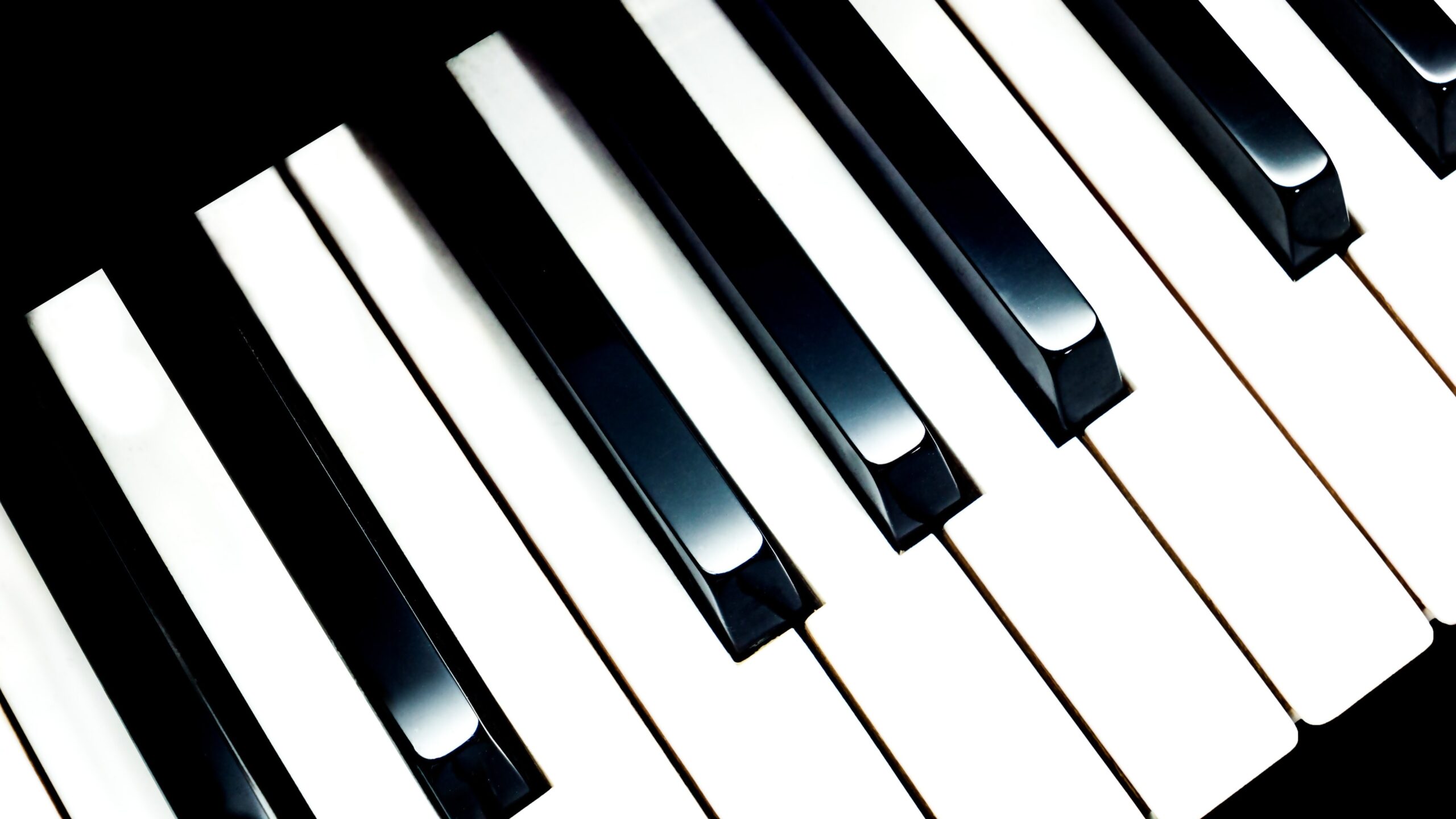
For most students, identifying inversions and working their way back to the root chord can be tricky. They know a seventh chord is 1-3-5-7, but rearranging the notes correctly is where they get stuck. While for some it’s more intuitive than others, we all need a method that always works.
So what’s the best way to master your inversions? Let’s get started!
Triad Chord Inversions
As we’ve covered in Triad Inversions, there are three different versions of the chord:
- Root
- 1st inversion
- 2nd inversion
Root Position
Let’s start with a C major chord in the root position:
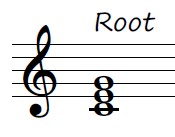
We think of the C-E-G of the triad as a 1-3-5.
- 1 – C
- 3 – E
- 5 – G
Here it is on the piano:
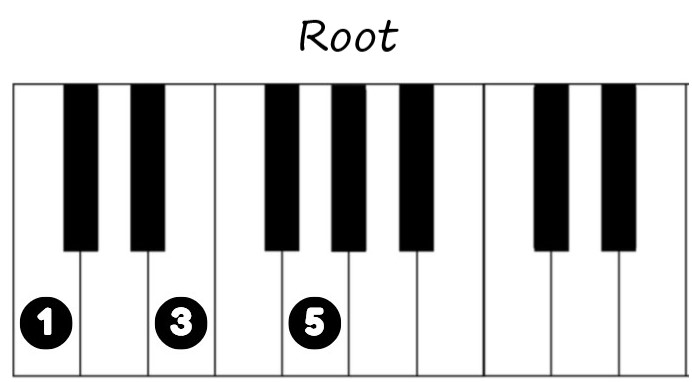
While the triad chord is built with two 3rds on top of each other, the two inversions are made of a 3rd and a 4th.
Let’s pay attention to where the 4th is, and let it be our guide.
1st Inversion:
Here is the 1st inversion of a C Major triad chord:
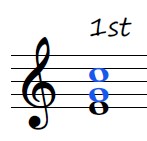
- 1 – E
- 3 – G
- 6 – C
Here it is on the piano:
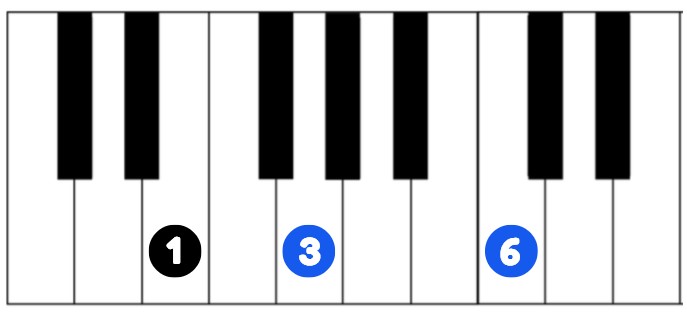
As you can see above, the upper interval in a 1st inversion triad is a 4th.
Note: The upper interval of a 1st inversion triad will always be a 4th, no matter the key or the chord quality.
2nd inversion
This is a 2nd inversion C major triad:
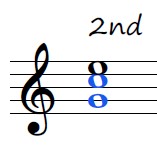
- 1 – G
- 4 – C
- 6 – E
And here it is on the piano:

As highlighted in blue, the lower interval is the 4th.
Summary
In short, remember that both triad chord inversions have 4ths in them.
Where that 4th is, determines what inversion it is:
1st inversion: Upper 4th
2nd inversion: Lower 4th

Seventh Chord Inversions
Similar to triad chords, the seventh chord inversions have a specific interval that can be our guide. Let’s examine a C dominant seventh chord.
Root Position
Here is C dominant seventh chord in the root position:
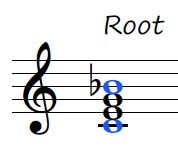
- 1 – C
- 3 – E
- 5 – G
- 7 – B♭
And here it is on the piano:

Notice the 7th between C and B♭.
In every seventh chord inversion, that 7th will become a 2nd.
Where that 2nd is within the chord tells us what inversion it is.
1st Inversion
- 1 – E
- 3 – G
- 5 – B♭
- 6 – C
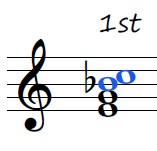
Here it is on the piano:

Notice how the 2nd is on top.
2nd Inversion
Let’s take a look at C dominant seventh 2nd inversion:
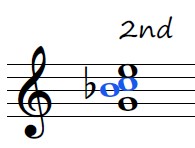
- 1 – G
- 3 – B♭
- 4 – C
- 6 – E
Here it is on the piano:
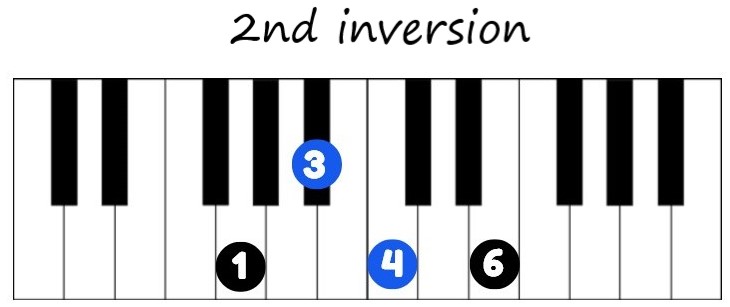
Notice how the 2nd is in the middle.
3rd inversion
Finally, here is 3rd inversion of C dominant seventh:
- 1 – B♭
- 2 – C
- 4 – E
- 6 – G

Here it is on the piano:

Notice how the 2nd is at the bottom.
Summary
To summarise, remember that all seventh chords inversions have a 2nd in them.
Whether that 2nd is top/middle/bottom will determine what inversion it is:
1st inversion: 2nd on top
2nd inversion: 2nd in the middle
3rd inversion: 2nd at the bottom
